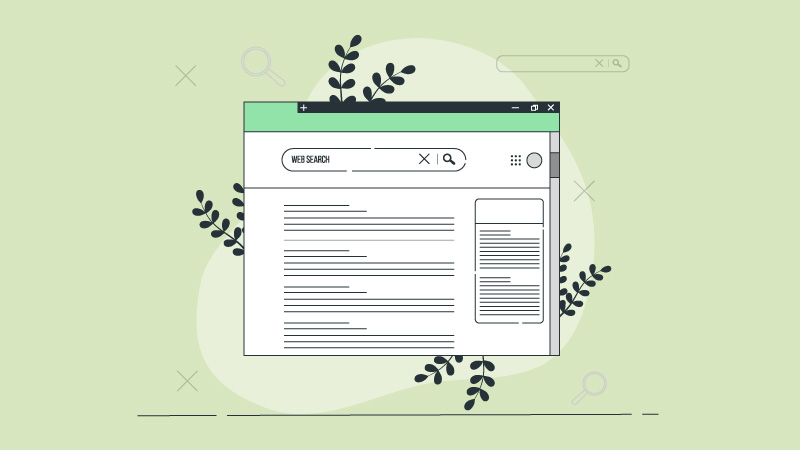You’ve written blog posts. They’ve ranked. They’ve driven traffic. But over time, even the best-performing content can lose steam. Enter: legacy blog optimization.
Refreshing old content is one of the quickest wins in SEO – and often overlooked. With a few strategic updates, your old blog posts can regain top rankings, boost organic traffic, and deliver renewed value to your readers.
Why You Should Update Old Blog Posts
Old content can work against your SEO if it’s:
- Outdated or irrelevant
- Missing newer keywords or trends
- Lacking internal or external links
- Not aligned with current search intent
On the flip side, optimized legacy posts can:
- Regain lost rankings
- Drive more traffic with less effort than new content
- Improve domain authority through better UX and structure
Here’s your step-by-step guide and checklist for optimizing legacy blog posts.
Legacy Blog Optimization Checklist
1. Audit Your Existing Blog Posts
Use tools like Google Search Console or Semrush to identify:
- Posts with declining traffic
- Pages with low CTRs but high impressions
- Old content that ranks on page 2 or 3 (easy wins!)
Focus on blogs older than 12–18 months that still have ranking potential.
2. Review and Refresh Content
Ask yourself:
- Is the information still accurate?
- Can I add new stats, tools, or examples?
- Is the tone and language up to current brand standards?
Add updated insights, remove outdated references, and rewrite weak paragraphs to improve clarity and relevance.
3. Re-Evaluate Keywords
Search intent evolves – your content should, too.
- Reconfirm your target keyword still makes sense.
- Add long-tail or related keywords.
- Check competitors’ updated versions of the topic.
Use Google’s “People Also Ask” and “Related Searches” for fresh keyword ideas.
4. Improve the Structure
Make your blog more scannable and user-friendly:
- Use clear H2/H3 headings
- Add bullet points and numbered lists
- Include jump links or a table of contents for longer posts
5. Optimize for On-Page SEO
Double-check the basics:
- Title tag and meta description (include updated keywords)
- Image alt text
- Internal links to newer content
- External links to high-authority sources
6. Add New Visuals
Refresh stock images or add original visuals like:
- Infographics
- Charts and graphs
- Embedded videos
Visuals help with UX and time-on-page – key SEO signals.
7. Fix Broken Links and Update CTAs
Run a broken link checker to clean up dead outbound links. Then:
- Add or update CTAs that reflect current offers or goals
- Redirect outdated product/service pages if needed
8. Republish with a New Date (Optional)
Once updated, change the publish date (or add “Updated on [Date]”) to show freshness – this can improve click-through rates and rankings.
Extra Tips
- Don’t rewrite top-ranking content just to rewrite it – only update what needs improvement.
- Use schema markup if it adds value (like FAQs or HowTo).
- Track post-update performance using analytics and ranking tools.
Final Thoughts
Your blog is a living asset. Instead of constantly starting from scratch, optimize what’s already working or what used to work. With this checklist, your legacy blog posts can become evergreen SEO performers all over again.




